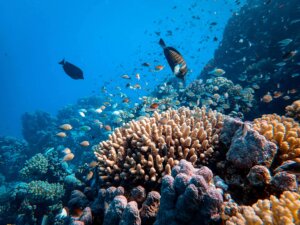What is biodiversity?
Biodiversity, which derives from the words “biological diversity,” is the broad term used to capture the variety, or diversity, of life on Earth. The term encompasses everything from plants, animals and fungi to bacteria and even microorganisms, many of which have yet to be discovered. Fungi and invertebrates and microbes, generally little understood or considered, are included under this umbrella term. A single location or ecosystem – be it forest, grassland, tundra, lake, or even a tiny water droplet under a microscope – can contain numerous species from the scarce to the abundant, the large to the microscopic.
Earth’s vast biodiversity contributes to the functioning and balance of our natural world, supporting ecosystems in intricate webs of association and co-dependence. For example, in a typical grassland system, beetles, snakes, antelopes, and many others interact with each other and with their environment, keeping the ecosystem vibrant and healthy. Similarly, in pastureland, grass nourishes cattle, which in turn produces manure that enriches the soil, facilitating further grass growth. This interconnectedness of ecosystems means that they are finely tuned, with each species playing a requisite role.
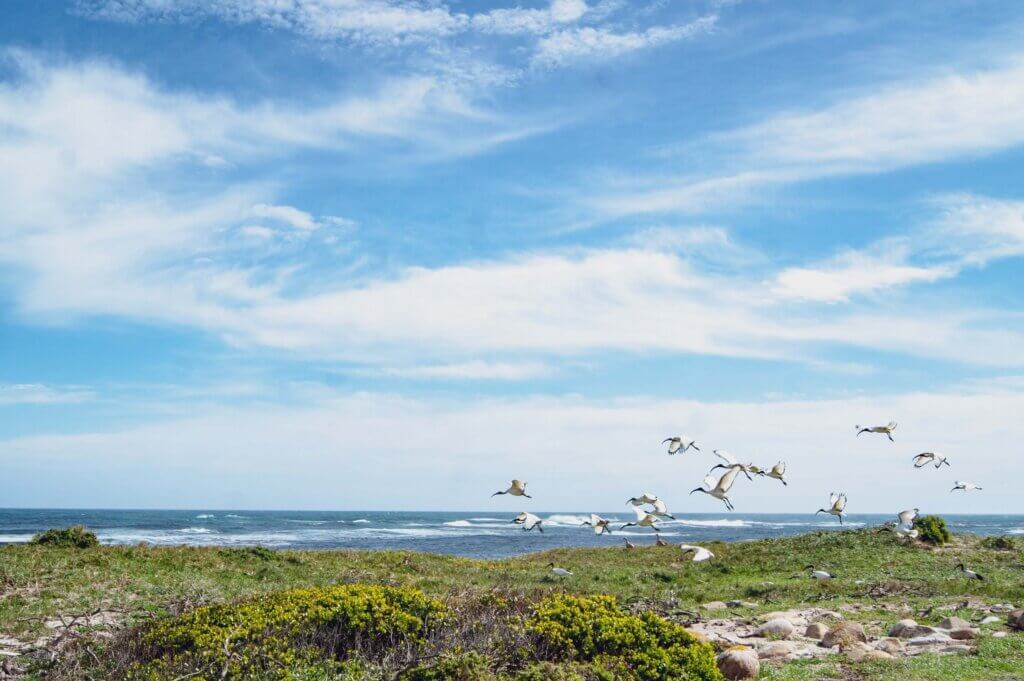
Biodiversity also provides humans with sustenance, medicines, fuels, and countless other products. The evolved traits of species and their myriad interactions with their environment often give rise to unique resources. Furthermore, the conservation and research institutions like the Center for Biodiversity and Conservation have come to recognize the intertwining of human societies and their diversity with natural systems. This nature-culture relationship, often designated as ‘biocultural,’ is pivotal in shaping ecological systems and creating biodiverse landscapes. It acknowledges that human choices, behaviours, and cultural diversities can influence, and be influenced by, ecological systems, leading to sustainable use and conservation of these systems and promoting human well-being.
Currently, around 1.2 million species have been identified and described out of an estimated total of 8.7 million. The others remain a mystery, but work continues to discover, catalogue and understand them. The places of greatest species concentration, termed ‘biodiversity hotspots,’ yield the most numerous new discoveries. These regions, which include parts of Mexico, South Africa, Brazil, the southwestern United States, and Madagascar, not only showcase Earth’s biodiversity at its most abundant but are also home to endemic species found nowhere else.
However, such biodiversity is under enormous threat. Human activities, consumption patterns, pollution, and climate change impact the health of ecosystems and have caused a dramatic increase in species extinction rates. Some experts opine that if the present course is not corrected, then within the next century, half of all species could vanish. Hence, it is imperative to enhance conservation efforts to protect and preserve this magnificent, intricately woven tapestry of life that represents our planet’s extraordinary biodiversity.
Understanding Species: Their Diversity, Identification and Role in Biodiversity
Species embody a diverse range of living organisms such as bacteria, protozoa, fungi, plants, birds, fishes, and large animals like elephants, whales, and bears. Each species appears unique discernible through its particular characteristics. However, all species exhibit a variety of shapes and sizes, ranging from microorganisms visible only through a microscope to magnificently towering redwood trees. Reproduction occurs within members of the same species, resulting in the creation of viable offspring.
Approximately 10 million species populate our planet, according to current estimates. However, only about 1.9 million of these have been recorded and properly categorized in scientific literature. Scientists are in a constant race against time to catalogue species, attempting to do so before they potentially become extinct. Unique to specific geographical locations, “endemic” species are found naturally within one particular area.
The discovery of a new species involves naming it, a task governed by established scientific conventions. The specific name of a new species is attributed based on its relatedness to existing organisms and other factors such as unique characteristics or the location of its discovery. This unique name can often become an homage to a colleague’s contribution to the discovery.
In 2013, Dr. Kristofer Helgen and his team, working under the Smithsonian Mammalogist, discovered and named the first new carnivorous mammal species from the Americas in 35 years. Due to its relatedness to “olingos”, it was assigned to the Bassaricyon genus. The species name, neblina, was inspired by the Andean cloud forests where it was discovered (neblina translating to “fog”). Similarly, a new species of jellyfish, discovered by Dr. Allen Collins, was playfully christened Tamoya ohboya, chosen as a nod to a teacher’s observation that people often exclaimed “oh boy” upon witnessing it.
Understanding the Multifaceted Importance of Biodiversity to Human Life and Nature
Biodiversity plays a fundamental role in our everyday lives, enhancing numerous aspects from practical utilities to spiritual fulfilment and even shaping our very identities. Acknowledging the value of biodiversity is multifaceted, with considerations extending beyond human benefit to the inherent worth of nature itself.
On the one hand, the utilitarian value of biodiversity manifests in the basic needs it satisfies for mankind, including sources of food, fuel, medicine and building materials. Beyond these tangible services, biodiversity imparts invaluable ecosystem services that often go overlooked but are nonetheless integral to human existence. These include fertile processes like pollination and seed dispersal and ecological control systems such as climate regulation, water purification, pest control in agriculture, and nutrient cycling. The scope of biodiversity’s potential contributions remains vast, embracing unknown benefits that might unfold in the future, such as unearthing novel medicines or revealing unidentified ecological services.
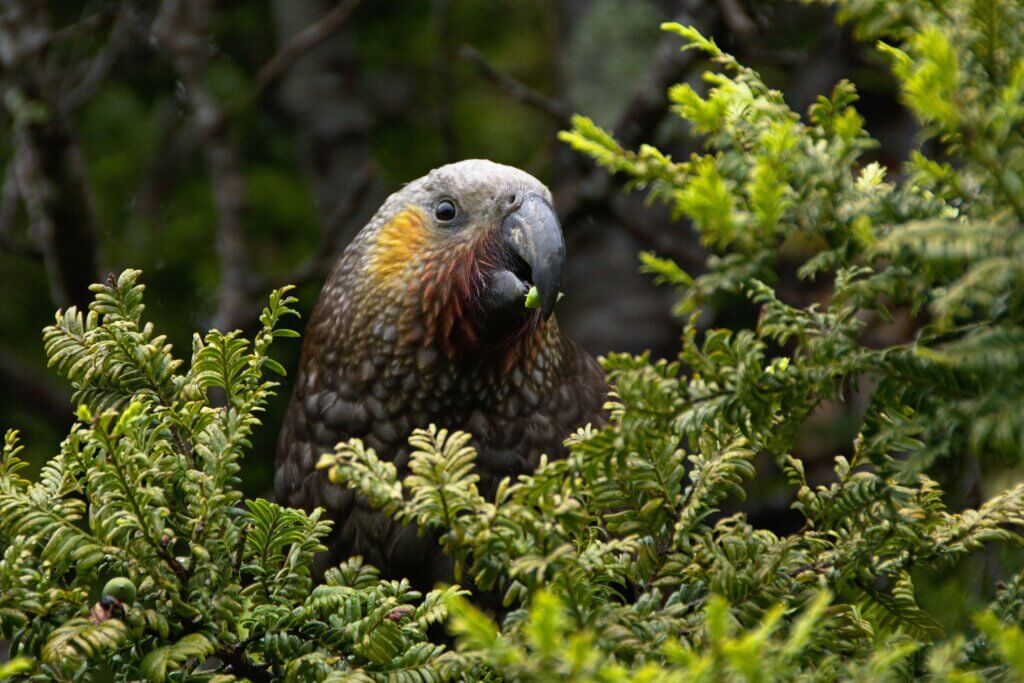
Meanwhile, the non-utilitarian facets of biodiversity embody cultural importance, influencing spiritual and religious perspectives and representing an intrinsic value that appreciates nature’s inherent worth independent of human needs. Rooted in philosophical dialogue, this intrinsic value upholds the fundamental premise of nature’s unquestionable right to existence, free from human appraisal.
Biodiversity also commands a relational value that moulds societal parameters and individual self-perceptions. It fosters a sense of connection with the environment, forging profound relationships between humans and nature and consequently impacting socio-cultural norms and identities. These relational values often shape an individual or community’s sense of well-being, environmental responsibility, and stewardship.
Inherent in each layer of these values is the potential to affect people’s attitudes towards conservation and the daily decisions stemming from this perception. Recognizing the multifarious values embedded within biodiversity is therefore critical, as it provides a comprehensive insight into the complex, intertwined relationship between mankind and the myriad life forms sharing this planet.
Human Influences and the Unprecedented Decline of Global Biodiversity
Throughout the past century, the unparalleled influence of human beings on the natural environment has led to swift alterations in ecosystems and a significant decrease in global biodiversity. This monumental impact, causing such extensive change, has led scholars to dub the current age the “Anthropocene”. While it is true that the planet has always undergone shifts and witnessed species extinctions, today, these events are unfolding at an unprecedented rate.
Numerous complex factors, often interconnected, underlie the loss of biodiversity. The critical threats include habitat loss and fragmentation, non-sustainable resource usage, invasive species, pollution, and global climate alterations. More often than not, these issues arise from the escalating human population and rampant overconsumption.
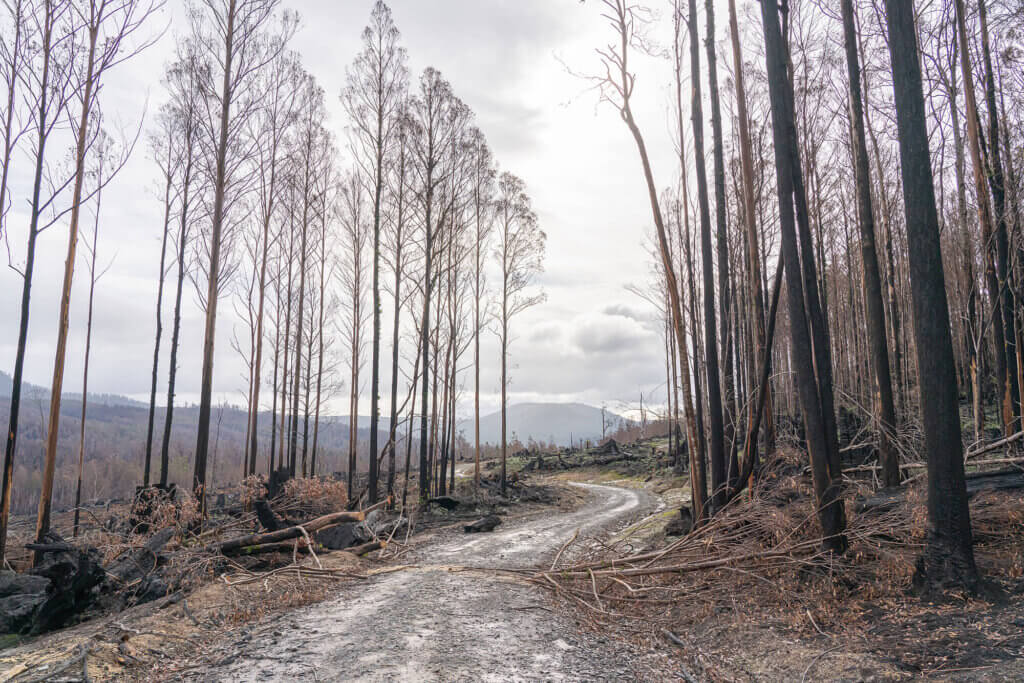
As the human imprint on Earth intensifies, with our species exploiting more resources than ever, ecosystems’ delicate equilibrium is threatened, and the potential loss of biodiversity looms. According to the World Wildlife Fund’s 2022 Living Planet Report, global populations of mammals, fish, birds, reptiles, and amphibians have suffered an average decline of 69% since 1970. Furthermore, the 2019 landmark Global Assessment Report by the Intergovernmental Platform on Biodiversity and Ecosystem Services disclosed that a staggering 1 million animal and plant species are now on the brink of extinction, an unprecedented high in human record.
Three-quarters of terrestrial environments and about two-thirds of marine environments have undergone significant transformations due to human activity. Over a third of the planet’s terrestrial surface and nearly 75% of its freshwater supplies are presently utilized for agriculture or pastoral purposes. Concurrently, the repercussions of climate change are exacerbating the stress inflicted by other factors on both nature and human well-being. Human interference, such as overfishing of the oceans, deforestation, and pollution of water sources, along with the climate crisis, is adversely impacting biodiversity worldwide, from remote locations to local neighborhoods.
Even the most biodiverse regions globally are vulnerable to human-induced pressures. For instance, Borneo, an expansive island in Southeast Asia, harbours over 1,400 animal species and approximately 15,000 distinct plant species. The island’s diverse fauna include well-known species such as orangutans, pygmy elephants, clouded leopards, rhinos, and proboscis monkeys, which coexist amidst the globe’s tallest tropical trees. Additionally, the island is home to over 50 species of carnivorous pitcher plants, around 3,000 species of orchids, colour-changing frogs, and dart-shooting slugs. They exemplify the vast array of unique species that constitute Earth’s invaluable biodiversity.
Climate Change Impact on Biodiversity and the Role of Ecosystems in Climate Resilience
Climate Change’s Accelerating Impact on Global Biodiversity Loss
Biodiversity, a key indicator of the health of our planet, is experiencing significant challenges due to human activities and changes in global climate patterns. The primary catalyst driving biodiversity loss globally is human land utilisation, primarily for agriculture. Our land use for food production has substantially changed over 70% of the world’s ice-free terrain. This change often results in habitat loss for numerous plant and animal species, increasing the risk of extinction as they lose their natural homes to monocultures and intensive farming.
Moreover, climate change is emerging as another significant factor contributing to the decline of biodiversity. Its impact on the world’s ecosystems – marine, terrestrial, and freshwater alike – is profound and wide-reaching. Climate change’s effects manifest in the mortality of flora and fauna, the loss of localized species, and the propagation of diseases – events that have already resulted in the foremost instances of climate-dictated extinctions.
On land, intense heat waves and temperature hikes have necessitated adaptations in the fauna and flora. Many species have been forced to relocate towards the poles or climb to higher elevations, causing significant consequential shifts in ecosystems. Furthermore, with each degree of warming, the risk of losing more species to extinction escalates.
Marine ecosystems are particularly susceptible to climate change. Rising sea temperatures pose the threat of irreversible damage to marine and coastal ecosystems and the life they support. Live coral reefs, integral to marine biodiversity, have lessened by nearly half over the past 150 years, and continued ocean warming could obliterate most of the remaining reefs.
It is crucial to understand that these environmental transformations induced by climate change do not only affect animal and plant life but can also profoundly impact human health. The decreased health of ecosystems can alter the distribution of plants, animals, viruses, and even human settlements, heightening the opportunity for disease transmission between species and humans. A reduction in ecosystem services, such as providing food, medicine, and livelihoods from nature itself, can also jeopardize human well-being. In conclusion, our well-being and that of the planet are inherently interconnected, making it vital to urgently address these threats to biodiversity.
The Role of Biodiversity in Carbon Sequestration and Climate Change Mitigation
Biodiversity, encompassing many ecosystems, plays a pivotal role as natural carbon sinks in mitigating climate change. Human activities often give rise to greenhouse gases, with approximately half of the emissions subsequently taken up by the atmosphere, while terrestrial and marine ecosystems absorb the remainder.
Forests, which comprise over 30% of the earth’s land despite ongoing extensive losses, hold a considerable mitigation potential. These ecosystems’ astute protection, management, and restoration could meet about two-thirds of the total mitigation potential provided by all nature-based solutions.

Surprisingly, peatlands, a form of wetland such as swamps and marshes, although they only cover a modest 3% of the world’s land, store a staggering amount of carbon, about double the amount all the forests hold. One effective strategy to restrain carbon oxidation and escape into the atmosphere is to ensure these peatlands retain their wet condition.
Marine habitats also contribute significantly to global carbon management. Mangroves and seagrasses possess the capacity to absorb carbon dioxide from the atmosphere at rates almost quadruple that of terrestrial forests. The substantial carbon storage potential renders mangroves particularly precious in combating climate change.
In conclusion, the conservation and restoration of natural habitats, both marine and terrestrial, is paramount for reducing carbon emissions and adapting to our changing climate. In fact, almost one-third of the necessary greenhouse gas emissions reductions over the following decade could be accomplished through enhancing nature’s capacity to absorb emissions. This underlines the critical role that protecting our biodiversity plays in tackling the ongoing climate crisis.
Promising Progress in Biodiversity Conservation and Future Directions
Understanding the potential threats to biodiversity in the context of their actual impact equips us to handle conservation challenges better. The proactive efforts of the last few decades, geared towards protecting species and ecological systems, have yielded encouraging results, marking a significant shift in the state of biodiversity.
Currently, more than 100,000 designated protected areas exist globally. These range from national parks to wildlife sanctuaries, marine protected areas, and game reserves. They are managed collaboratively by local communities and governmental bodies. These vital spaces provide essential habitats for wildlife, offering a robust line of defence against deforestation.
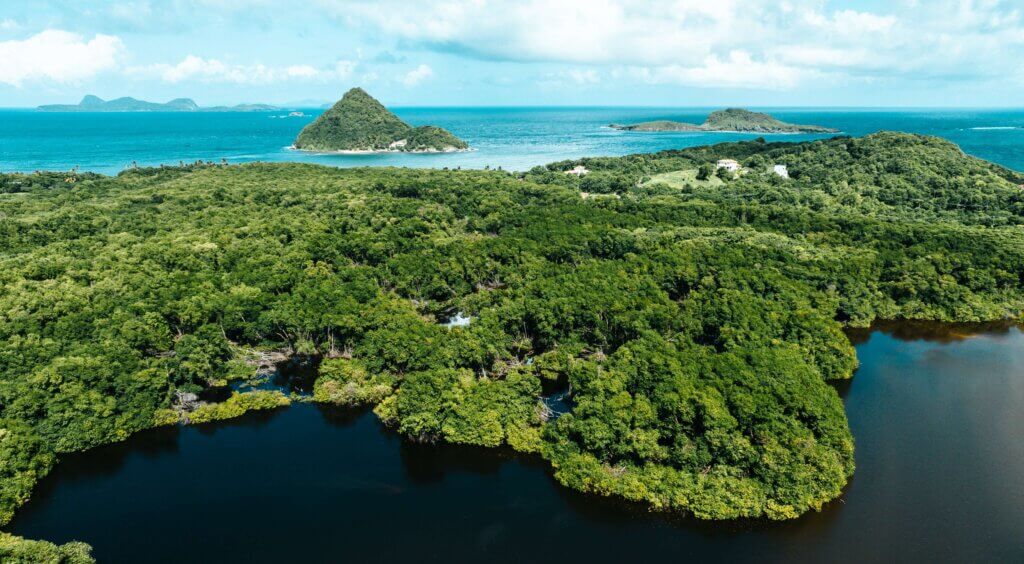
However, alternative conservation actions enter the fray when merely preserving habitat proves insufficient. Ecological restoration, species re-introducing, and controlling invasive organisms have proven extremely beneficial. Supported by an ongoing push for improved environmental policies on local to global scales, these activities contribute significantly to maintaining and, in some cases, resurrecting biodiversity.
Unquestionably, the choices we make in our day-to-day lives can substantially impact biodiversity and our environment’s health. Acknowledging this fact helps us comprehend the true power resting in our hands to alter the course of our ecological footprints. Whilst it may be impossible to fully negate all harmful human influences on biodiversity, armed with the right knowledge, we can certainly steer our actions to resonate more harmoniously with life on Earth. From the global conservation efforts to the lifestyle decisions made locally, each plays a crucial role in preserving and enhancing biodiversity.
Frequently asked questions
What Is Ecosystem Diversity?
In the intricate web of nature, genes are the cornerstone determining traits within specific populations of a species. The diverse collection of individuals from various species link up to weave the intriguing fabric known as communities. Bound by a myriad of unique connections and dynamic interactions, these communities communicate fluidly with non-living environmental components, such as water or minerals, giving rise to the intrinsic concept of an ecosystem.
Ecosystems vary greatly in their comprehensiveness and complexity, thus reflecting a corresponding level of biodiversity. On one hand, there are vibrant and teeming ecosystems like tropical forests and coral reefs. These are microcosms of complexity and diversity, wherein a vast roster of species co-exist and interact. The interactions in such ecosystems form a maze, an elaborate network of interdependencies that contribute to the overall health of the ecosystem.

On the other hand, ecosystems like deserts and the Arctic regions demonstrate a stark contrast, exhibiting lower levels of complexity. These ecosystems might not be bubbling with as much diversity as their tropical counterparts, but that does not undermine their significance. Every species therein holds critical ecological importance, and in some cases, these species might only be found within these specific ecosystems – marking them as endemic.
Biodiversity thus spans across a spectrum — from epicenters of species richness like tropical forests or coral reefs to less layered but equally vital ecosystems as deserts and Arctic regions. Each ecosystem, with its unique community of species, plays a vital role in the tapestry of life, contributing to the vast, colourful panorama of biodiversity on Earth.
What is biodiversity?
Biodiversity is a term encapsulating the variety and variability of life on Earth, with variations measured at genetic, species, and ecosystem levels. While this biodiversity has grown over the span of the planet’s history, it is anticipated to decelerate primarily as deforestation continues to pose a significant threat.
Spatially, biodiversity is not spread evenly across our planet, with its richness primarily concentrated near the equator. Here, tropical forests, despite only covering less than 10% of the Earth’s surface, provide shelter to approximately 90% of the world’s known species. Compared to terrestrial biodiversity, marine biodiversity exhibits distinct patterns, reaching its zenith in the Western Pacific and the mid-latitudinal band of the oceans.
Delving into the historical records, it is a stark reminder of nature’s ephemeral nature knowing over 99.9% of all species that once roamed the planet are now extinct. From an estimated 10 to 14 million extant species, merely 1.2 million have been scientifically documented and recognized, shedding light on Earth’s still uncharted biodiversity.
Reflecting on the geological timeline, our planets teems with life for at least 3.7 billion years, in the backdrop of Earth’s 4.54 billion years existence. This rich tapestry of life has experienced five major and numerous minor mass extinction events, causing significant dents in biodiversity. Researchers link the ongoing loss in biodiversity as the onset of the sixth mass extinction, regrettably, largely driven by human activities. It is not the natural kingdom alone that bears the brunt of this depletion. Such reductions also hinder our cultural knowledge bank and disrupt our collective memory of species.
Equally compelling, however, is biodiversity’s crucial contribution to human health. It underpins the balance of ecosystems that, in turn, provides a manifold of resources for human survival and well-being. Without the intricate symphony of countless species, the harmony of life on Earth—and our health and prosperity therein—stands compromised.
How can an increase in biodiversity lead to an increase in ecosystem stability?
Biodiversity, essentially, serves as a buffer for ecosystems, enhancing their stability and resilience. This inherent strength emanates from the variety of living organisms within an ecosystem. An elevated level of biodiversity infuses an ecosystem with the capacity to better handle external disturbances such as disease, climatic alterations, and other environmental changes, thereby boosting its resistance and stability.
The critical factors of ecosystem resilience include not only a vast range of species, but also high genetic diversity within these species. Populations with broad genetic diversity that have adapted to a wide spectrum of conditions are typically less vulnerable to external threats. This lesser vulnerability implies that even if external factors adversely affect a single species or a subset of a population, other species may flourish. Consequently, the overall balance and health of the ecosystem are upheld.
Moreover, biodiversity enriches the ecosystem with an expanded array of resources. This wide range contributes to the well-being of the environment and the species inhabiting it, offering a variety of foods, medicines, and other necessary life-supporting amenities. Ultimately, a more diverse ecosystem translates into a more robust, less collapse-prone environment as it acts like a safety net, securing the continuation and balance of the ecosystems.
Why is biodiversity important to an ecosystem?
Biodiversity, the variety of life on Earth, is the bedrock of ecosystems and plays a fundamental role in the processes essential to sustaining all life, including our own. This intricate web of life includes not just the easily visible flora and fauna but also less noticed organisms such as bugs and bacteria.
The benefits of biodiversity to human life are manifold. Consider, for example, the unassuming pollinators; bees, butterflies, and the like, that are responsible for one-third of global crop production. These creatures are paramount to the cultivation of foods like apples and almonds that we consume regularly.
Moreover, within the realm of agriculture, the health of the soil itself relies heavily on invertebrates. Various kinds of soil-dwelling microbes work to break down organic matter, releasing essential nutrients for plant growth. This process, largely overlooked, plays a critical role in maintaining the fertility of soils used for crop production.
The colossal biodiversity in our oceans is also essential, serving as a primary protein source for a significant portion of the global human population. Above the surface, vegetation is critical to water cycle regulation, air purification, and in the long-term struggle against climate change.
Natural structures contribute to our security as well. Coral reefs, for instance, protect coastlines from erosive ocean waves. Nature is also a vital pharmacy, with plant-based compounds serving as the basis of innumerable medicines.
In addition to these direct, tangible benefits, the natural environment plays a critical role in human health and psychological well-being. Substantial evidence has shown that urban green spaces can foster improved physical health and mental well-being, reducing stress and enhancing overall quality of life. Thus, the importance of preserving biodiversity extends far beyond its aesthetic appeal, reaching deeply into the practicalities of human life and well-being.
What are biodiversity hotspots?
Biodiversity hotspots, unique and distinct areas on our planet, are at once brimming with life and teetering on the precipice of devastation due to human activity. Despite occupying a nominal 2.5% of the Earth’s land mass, these crucial regions are custodians of a significant portion of the world’s flora and fauna. More than half of our plant species thrive within these confines and roughly 43% of bird, mammal, reptile, and amphibian species make their homes here – a noteworthy detail considering these respective species are endemics, thus exclusively native to these areas alone.
Yet, the stability of these vital ecosystems is in unprecedented jeopardy. Species are disappearing at an extraordinary pace as a direct consequence of numerous pressures including relentless development, pollution, and urban expansion. Given this, conservationists have earmarked 36 such biodiversity hotspots as key zones of intervention. It is an imperative aimed at preserving the diversity that breathes life into our ecosystems and promises their resilience and conservation for future generations. All these efforts ultimately underscore the imperative to protect the world’s rapidly shifting biodiversity.
The Essential Role of Biodiversity in Human Survival
A vital force of our eco-system, biodiversity, plays a fundamental role in human survival. Humanity is inescapably intertwined with a monumental natural system, each component bolstering and fostering our ability to flourish.
Humanity’s dependence on nature is inherently obvious; the necessity for fresh water, unpolluted air, and a wide array of flora and fauna for sustenance. However, it’s not merely nature in and of itself that we require, but rather diversity within nature. Merely existing within nature doesn’t suffice – it’s the complexity, resilience, variety, and vibrancy of the natural world that holds significance.
Diversity within an ecosystem fosters adaptability and stability. When a natural habitat thrives with diverse plants and animals, it can endure and even stabilize amid changes, thereby mitigating potential impacts on the environment and its resources. Fewer effects from small changes translate to sustained provision of human necessities.
Take, for instance the Lepidoptera, the population of moths and butterflies stored in museum collections; no two are identical. They are a powerful symbol of biodiversity, underscoring the richness of life on Earth. Their variety illustrates the concept of biodiversity – the assemblage of unique, disparate forms of life cohabiting our planet. Through their distinction, we are reminded of the imperativeness of a diversified natural world.

